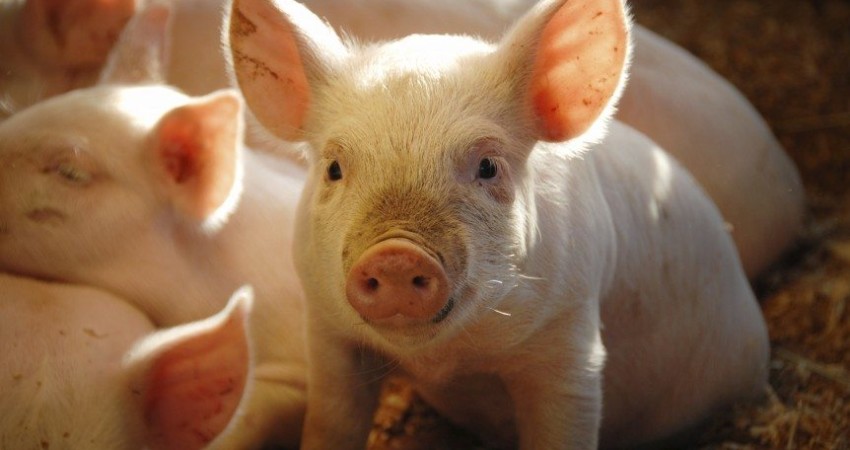

When the goal is reproductive success, it is essential to give the necessary support care to create a healthy breeding animal. In order to provide such care, there are several avenues that should be pursued as well as care guidelines followed. The healthier the breeding stock, the healthier the offspring, and the better chance of survival each piglet will have.
Nutritional needs should be met first and foremost in all animals, but breeders in particular may require some supplementation. In addition to fulfilling basic energy needs, the minimum daily nutritional requirements must be met. While breeding animals, be it boars, sows, or gilts, will need feed compensation for both the activity involved in breeding as well as the support of carrying and raising young, the formation of excessive fat deposits should be avoided so as not to create too much of a weight burden. Nutrition is linked to fertility as well as the number or pigs farrowed so be sure to take nutrition seriously and administer an adequate amount as needed.
With good nutrition under your belt, it is time to take a good, hard look at reproductive soundness. In addition to being able to pass good traits down to future generations, it is necessary for pigs to be able to mate successfully. In order to be good breeding candidates, there are several things to consider, such as overall confirmation and temperament.
Beyond that, however, are even more criteria, such as sex organ abnormalities. In the event that the genitals of a boar, sow, or gilt are not physically correct, that animal should not be used for breeding purposes. Additionally, boars must be physically able to mount and inseminate sows/gilts. If a boar exhibits interest in mounting but does not follow through, there may be arthritis or some other source of pain to blame. Young boars may also need some trial and error before they get the hang of proper mounting. This sort of thing should be handled on a case by case basis but an arthritic pig may never be able to complete the breeding process and a backup should be considered.
Once you have a boar that has the desire to mate and ability to follow through, a test of his semen should be conducted to verify motility. There will possibly be times when low motility is present, but that is not necessarily a deal breaker unless it is an ongoing issue, in which case the breeding of that boar will be fruitless. Young boars should not be tested on their first ejaculate as that is not usually an accurate representation, but successive ejaculations can be tested. High sperm counts will be visible to the naked eye in the form of cloudy, milky appearance whereas less cloudy semen indicates low sperm counts. Anything unusual should be evaluated by a specialist, especially if semen appears to contain blood or looks watery.
When it comes to the reproductive soundness of sows and gilts, they must be able to stand willingly and accept a mounting as well as carry piglets to term with little or no complication if they are to remain a productive member of your breeding operation. If your sows and gilts hold up to the breeding and birthing process in a satisfactory manner, the next test is to monitor when they have another heat cycle. If the time frame between farrowing and estrus is more than 4 weeks, they may not prove to be reliable breeders, although it is possible that based on environmental conditions and stress that it could take up to 8 weeks for estrus to occur, especially in new mothers, but such a length of time should not become the norm.
Ultimately it is good reproductive values supported by proper nutrition that will make or break a breeding program. By taking the best animals and feeding them a diet that is nutrient rich while remaining nutritionally sound, you open the door to healthy, well rounded offspring that are able to thrive. Those healthy new generations may in time go on to reproduce as well, thus giving you that much more of an advantage as they pass on the good health and good genes of their own.
 Contact Jaguza Support
Contact Jaguza Support